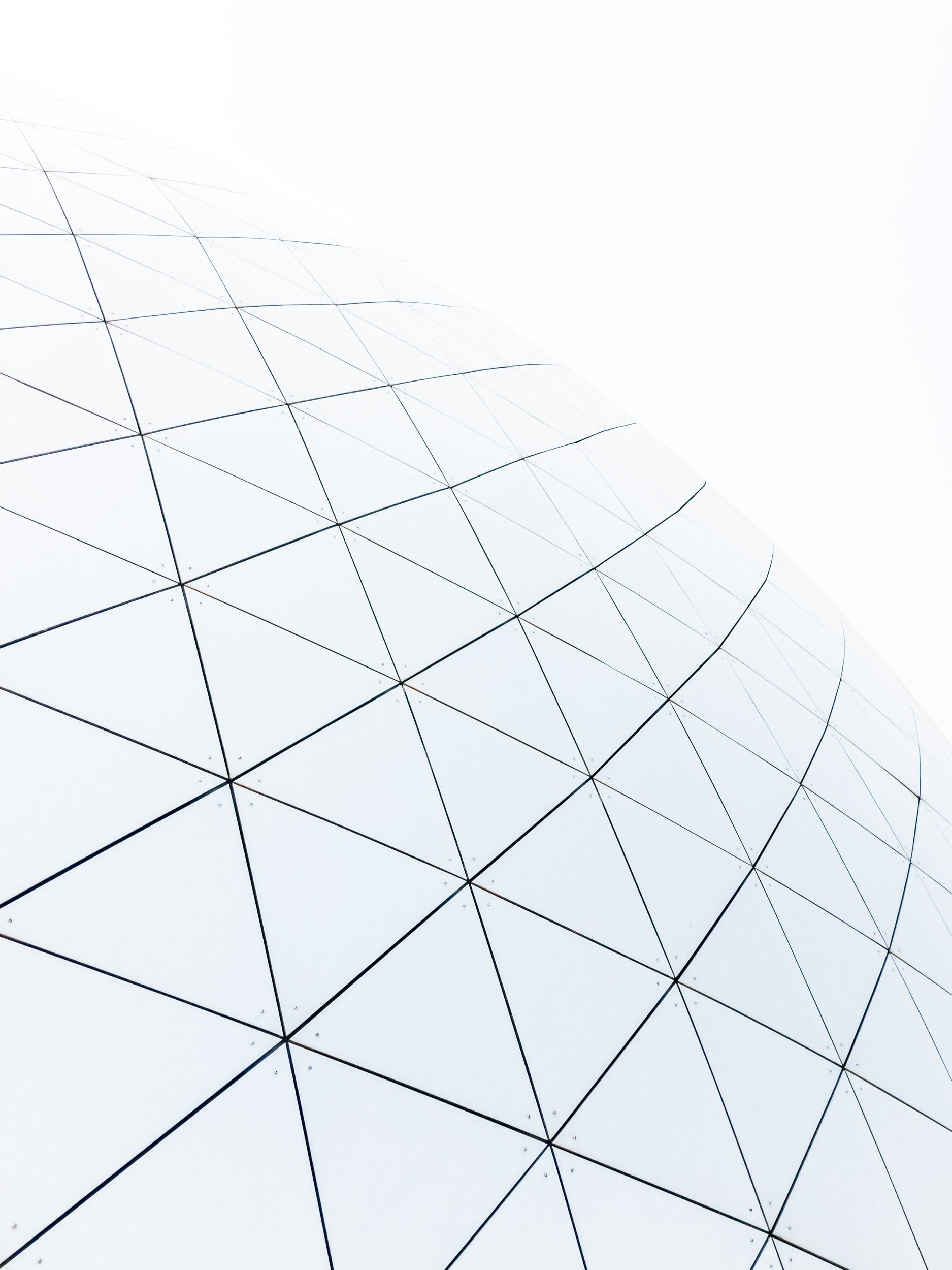
The Dome
The Dome is a virtual reality (VR) apparatus for rats, designed by Dr. Madhav and colleagues at Johns Hopkins University Mind/Brain Institute and Department of Mechanical Engineering. By placing rats in a virtual environment and by putting sensory cues and modalities in conflict with one another, we are able to manipulate how they inform the hippocampal cognitive map, and ultimately improve our understanding of how our brain creates an internal representation of the external world.
What makes this apparatus unique is its ability to allow for free and untethered physical movement while traversing virtual space. This means that our animals retain important aspects of free movement, such as naturalistic accelerations and joint movements. These sensations, relayed to the brain as optic flow, vestibular, motor and proprioceptive inputs, are self motion cues used in computation of path integration.
We have constructed an updated version of this apparatus in our lab at UBC, and are using it to investigate how place cells respond to information encoded in non-spatial, task-relevant reference frames. Our rats will be manipulating virtual cues by travelling in physical space, leading to representations that can encode physical or virtual spaces, or a combination of both.
Well trained rats are implanted with custom made 128-channel tetrode drives. We create these drives in house and collect electrophysiological data wirelessly from hippocampal CA1 Neurons
The Dome allows us to change the behaviour of landmarks in response to the the position of the rat using real-time tracking. This creates a “landmark frame” which is separated from the physical space which we call the “lab frame”. Changing the speed at which the landmarks move, or the gain will change the hippocampal recordings.
Rats receive chocolate milk for finding a “reward” zone in the experimental frame.
In our current paradigm, the rats’ movement alters the frequency of a constant tone and creates the “sound frame”. Shown here, the reward zone is at a frequency of 4000 Hz.
In future work, we plan to create movement in the sound and landmark frames simultaneously to create three-dimensional hippocampal mapping in the shape of a taurus, pictured here.
Check out preliminary data from PhD candidate and project lead Skylar Fang, presented at SFN 2023!







